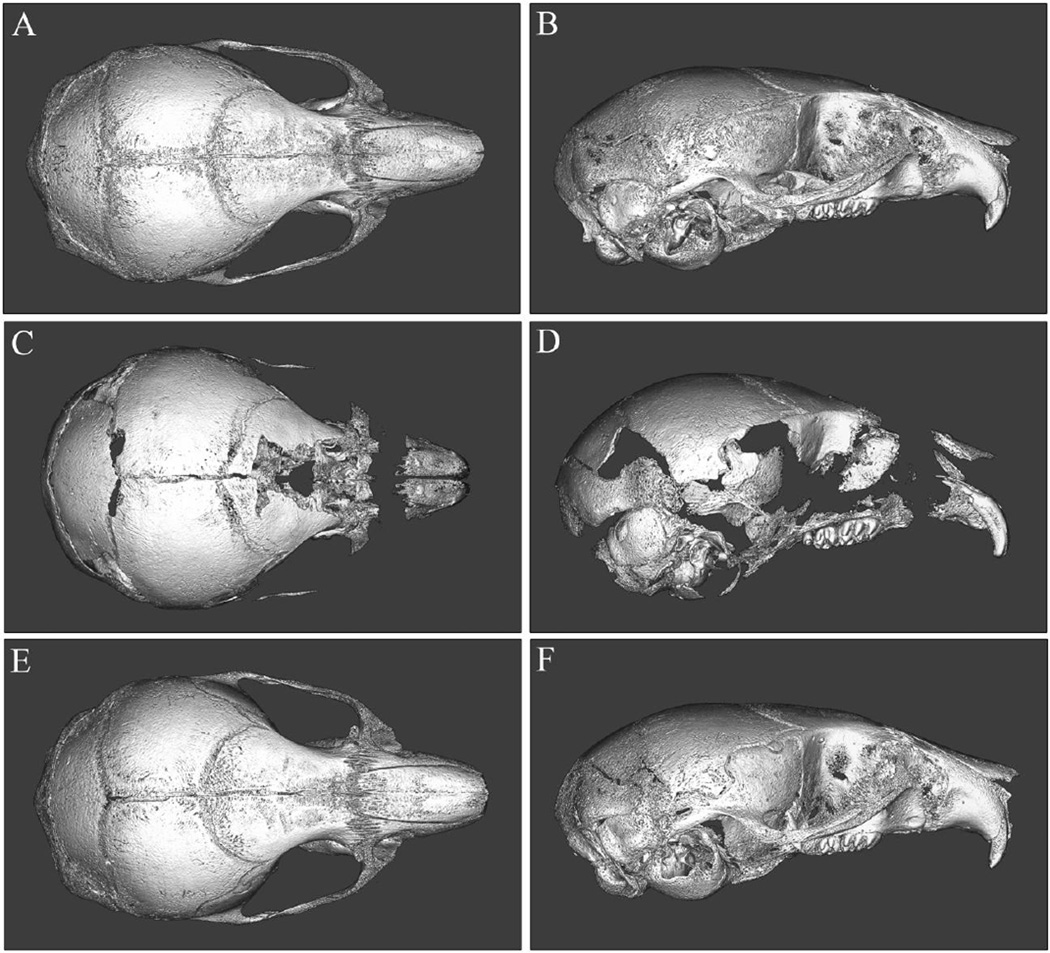Figure 2. Qualitative rescue of craniofacial hypomineralization and shape abnormalities by mineral-targeted TNAP enzyme replacement prior to craniosynostosis, in murine HPP.
Micro CT based, isosurface images of 15-day post-natal Alpl+/+ (A,B), vehicle treated Alpl−/− (C,D) and treated Alpl−/− mouse skulls (E,F) are shown. The shown untreated Alpl−/− mouse has the severe HPP phenotype. Treated mice received daily injections of 8.2 mg/kg of mineral-targeted recombinant TNAP enzyme starting as newborns. Multiple cranial vault and facial bones of vehicle treated Alpl−/− mice are severely hypo-mineralized when compared to those of mineral-targeted TNAP treated Alpl−/− and Alpl+/+ skulls. Notably, the parietal and intraparietal bones appear less affected while the anterior aspect of the frontal and facial bones are too deficient in mineralization to appear on micro CT scans constrained to a bone tissue threshold. The vehicle treated Alpl−/− skull also presents decreased anterior-posterior length but increased height and width when compared to the treated Alpl−/− and Alpl+/+ skulls, and is more dome-shaped in overall appearance.

